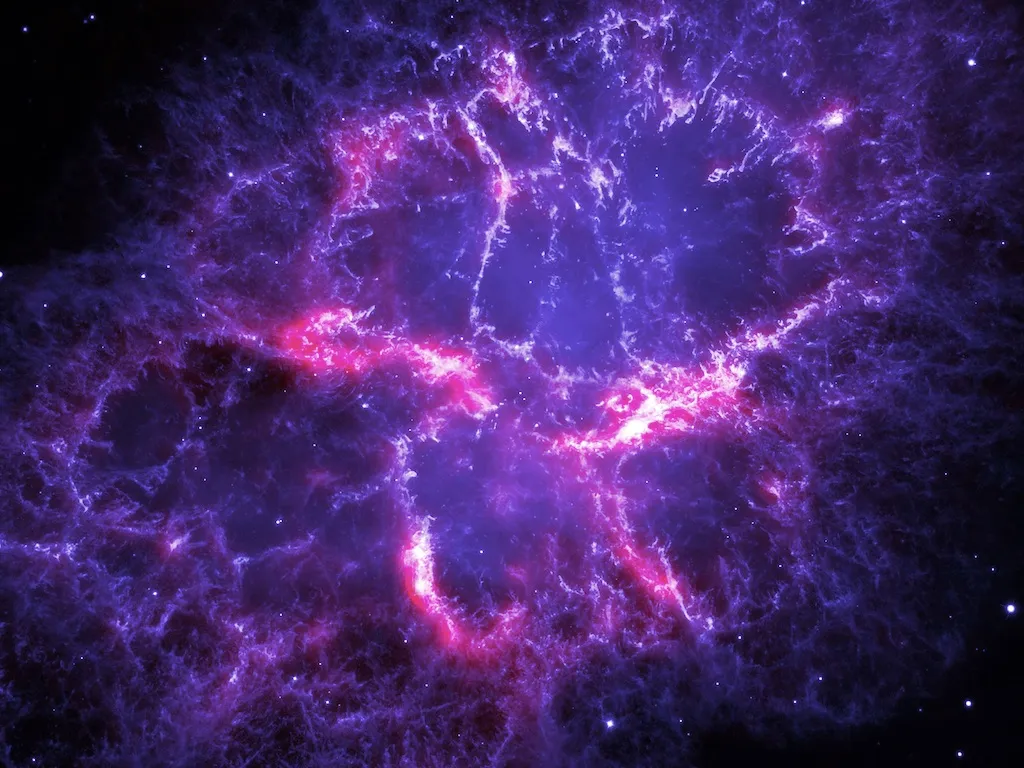The fascination of astrology has lasted throughout history, impacting beliefs and various forms of art. It inspires spiritual individuals, including artists, as the nebula web shows. Regardless of one’s skepticism, it is undeniable that astrology dramatically influences our lives, primarily through culture. Therefore, let’s explore the connection between astrology and art throughout different periods and artistic styles in a brief journey through art history.

The Influence of Astrology on Early Artistic Expressions
Astrology was significant beyond mere belief in the ancient world, functioning as a form of divine communication. The Egyptians, for instance, incorporated astrological symbols into their temples and tombs, as evident in the Dendera Zodiac, a historical relief depicting the positions of celestial bodies. This early artistic portrayal of astrology established its lasting influence in art.
The Renaissance: A Fusion of Scientific Inquiry and Artistic Expression
The Renaissance era was momentous when scientific inquiry and artistic creativity came together. Botticelli’s Primavera is an intriguing illustration of this, which skillfully incorporates astrological symbols to tell its story, with each character representing a different zodiac sign. Another remarkable work, Albrecht Dürer’s Melencolia I, captures the essence of the Renaissance by intertwining art and astronomy with celestial elements serving as symbols for profound philosophical ideas.
Baroque Splendor: The Theatrics of Celestial Themes in Art
The art of the Baroque era was known for its theatrical and emotional elements, making it a perfect fit for astrological themes. A prime example is Peter Paul Rubens’ painting, The Consequences of War. In this artwork, the gods of the planets are portrayed as actors in the drama of human conflict, representing the intertwining of celestial and earthly matters.
The Romantic Nocturne: A Glimpse into the Starry Night in Art
In the Romantic period, artists incorporated astrology into their works to symbolically express themselves, incorporating images of the celestial world. Vincent van Gogh’s “Starry Night” painting is a notable example, with its vivid and swirling depiction of the sky reflecting a profound and personal connection with the universe. Although not directly astrological, this artwork effectively captures the impact of astrology on human emotions and perspectives.
In the same way that we are intrigued by things that cannot be easily explained and seek guidance from free psychic readings online, van Gogh was captivated by the mysteries of the night sky. Regardless of whether he attempted to unravel the hidden significance of constellations, the sentiment underpinning his fascination was quite similar to the feeling we experience when we discover some unexplained connection between Zodiac signs that proves effective.
Contemporary Art and Celestial Inspirations
In modern art, astrology experienced a revival during the 20th century, especially in the Surrealist movement. Salvador Dali’s artwork, The Persistence of Memory, showcases surrealistic elements that may suggest the malleability of time, a concept closely tied to astrological cycles. Combining contemporary artistic techniques with ancient astrological ideas showcases a distinctive cultural fusion.
Cosmic Narratives in Contemporary Art
Modern art continues to be influenced by astrology, combining ancient symbols with contemporary artistic techniques. Mariko Mori’s artwork, Tom Na H-iu, exemplifies this tendency by blending digital technology with traditional astrological symbols, resulting in a fusion of past and present. These artworks highlight astrological themes’ adaptability in embracing new art forms.
Modern artists are reinventing astrological ideas that appeal to present-day perspectives in today’s fast-paced world of technology and global connection. They frequently combine traditional astrological concepts with state-of-the-art methods, such as augmented reality or interactive installations, to craft captivating and all-encompassing encounters.
To illustrate, certain artists employ light projections in urban settings to animate constellations, while others develop virtual reality encounters that immerse viewers in their astrological realms. These creative methods revive ancient astrological visuals and encourage a more profound connection with the audience.
Astrology in Street Art
Astrology’s impact reaches the realm of public art, making its age-old knowledge more easily accessible to a broader range of people. Various cities worldwide showcase sculptures and murals depicting zodiac themes, serving as artistic decorations and cultural landmarks that encourage the public to interact with astrological ideas.
The Enduring Inspiration of Astrology in the Artistic Realm
The perpetual attraction of astrology in art can be attributed to its capacity to encompass universal concepts and profound symbolism. It provides artists with diverse ideas to delve into existential questions, the essence of being human, and our relationship with the universe. This everlasting inspiration emphasizes humanity’s intrinsic fascination with the stars and their perceived impact on our existence.
Astrology plays a significant role in the arts beyond just being visually pleasing. It connects the ancient with the contemporary and the mystical with the tangible. Artists use astrology as a source of symbols and themes that resonate across different cultures and periods, allowing them to express complicated concepts relating to destiny, fate, and the interaction of cosmic forces in human lives.
Astrology’s widespread acceptance makes it a highly adaptable tool for artists, enabling them to delve into individual and shared stories. Whether artists use detailed astrological charts or incorporate subtle zodiac symbols, astrology offers a complex and symbolic language.
This expression relates to a person’s voyage throughout life and the shared human involvement. It surpasses the constraints of time and location. Its capacity to change and adjust to various creative approaches and eras while still preserving its fundamental principles is precisely what continues to motivate and fascinate artists across the globe.




